T4K3.news
Meta's Real Smart Glasses Face a Major Challenge
A new type of smart glasses from Meta may come with a neural wristband, raising questions about cost, comfort, and acceptance.
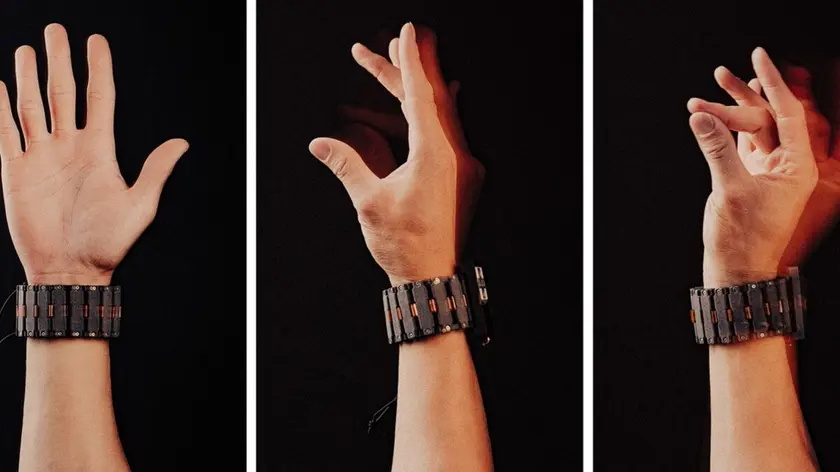
An editorial look at Meta's Hypernova glasses and the risky wristband that could affect adoption.
Meta's Real Smart Glasses Face a Major Challenge
Meta is moving toward a new era with Hypernova, its planned smart glasses that may include a built in display. The product strategy leans on Ray Bang style frames to reach mainstream buyers, following a path set by past attempts to wear a screen on the face. Bloomberg notes that a neural wristband could control mini apps by reading signals from the arm, a method that promises precision but adds layers of complexity for users. The rumored price around eight hundred dollars raises questions about who buys into this hybrid and whether a separate wristband will deter buyers.
The central issue is not the display itself but the extra device that may accompany it. A wristband that reads electrical signals could offer intuitive control, yet it adds questions about comfort, charging, and privacy. Presentation matters as much as the technology, and Meta must manage public perception along with performance. Google Glass failed in part because the device looked conspicuous, a risk Meta has tried to avoid with its Ray Bang branding, but the wristband could still become a fashion barrier if it looks bulky or awkward.
Key Takeaways
"Mind input sounds futuristic but wearing a wristband changes the vibe"
editorial reaction to input method
"Presentation matters as much as the display"
design and marketing insight
"If customers hate the look they will skip the wristband"
market acceptance warning
"Mass adoption depends on comfort and charging not just tech"
practicality assessment
If Hypernova reaches shelves, it will test whether people want screens on their faces and on their wrists. The concept could unlock truly hands free control, but it also tightens dependence on extra hardware and ongoing services. The price places the product in a premium segment, not mass market. This story reflects a broader pattern where wearables succeed only when they blend into daily life, not when they demand constant adjustment.
The challenge is about more than tech. Meta must balance novelty with everyday practicality and privacy safeguards while shaping a clear use case. The company’s future may hinge on how well the wristband integrates with style, comfort, and charging cycles, as much as on the display itself.
Highlights
- Mind input sounds futuristic but wearing a wristband changes the vibe
- Presentation matters as much as the display
- If customers hate the look they will skip the wristband
- Mass adoption depends on comfort and charging not just tech
Budget and public reaction risk
The rumored price and the requirement of a wristband could limit adoption and trigger consumer and investor backlash if not clearly justified. Privacy questions may invite scrutiny and regulatory attention.
The next update will reveal if Hypernova can move from hype to habit.
Enjoyed this? Let your friends know!
Related News
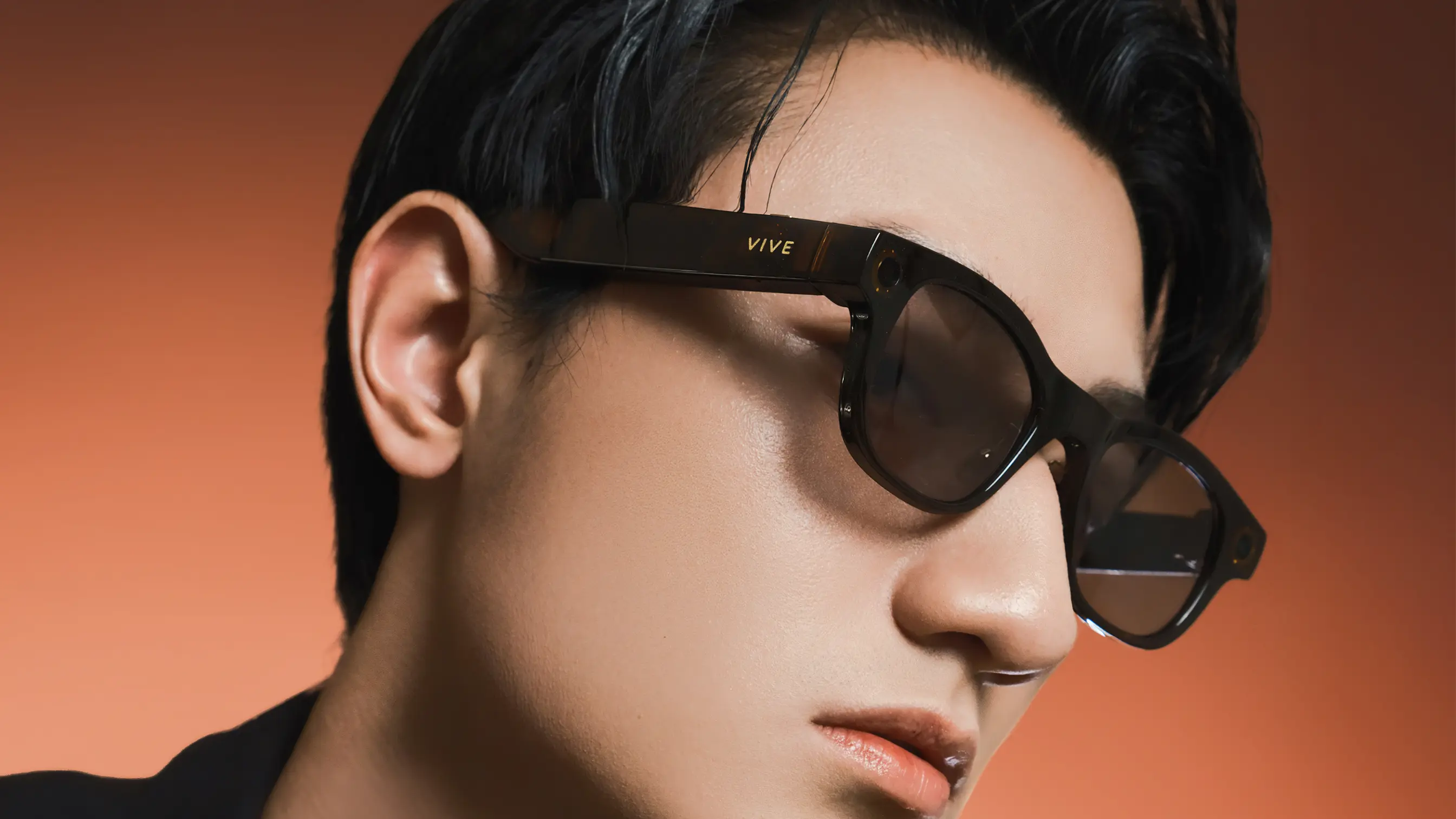
HTC Vive Eagle debuts with longer battery and AI options
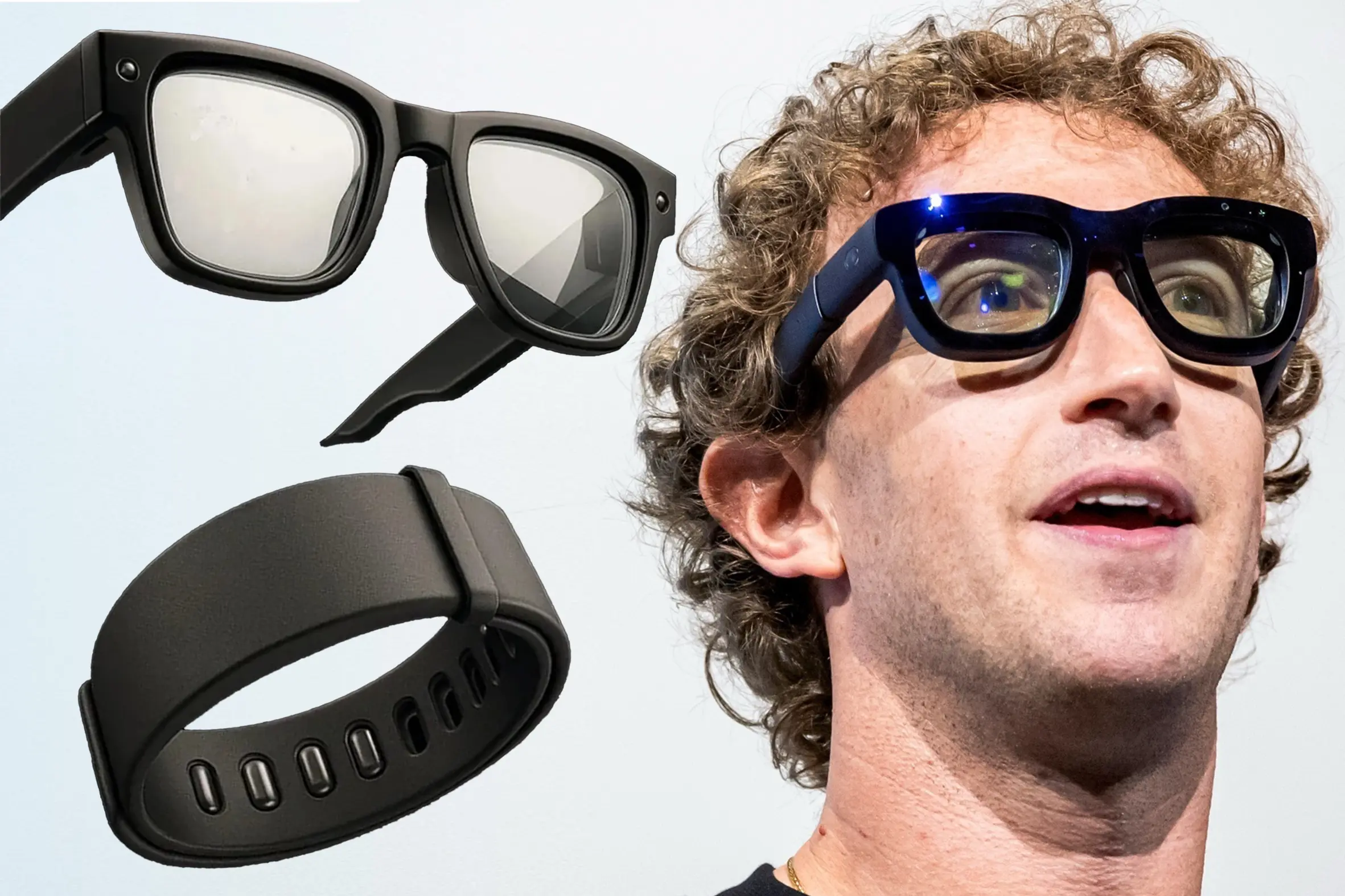
Meta Connect 2025 updates arrive

Meta Glasses challenge daily life with AI

HTC unveils Vive Eagle AR glasses

Nvidia debuts Thor brain for robots and self driving cars
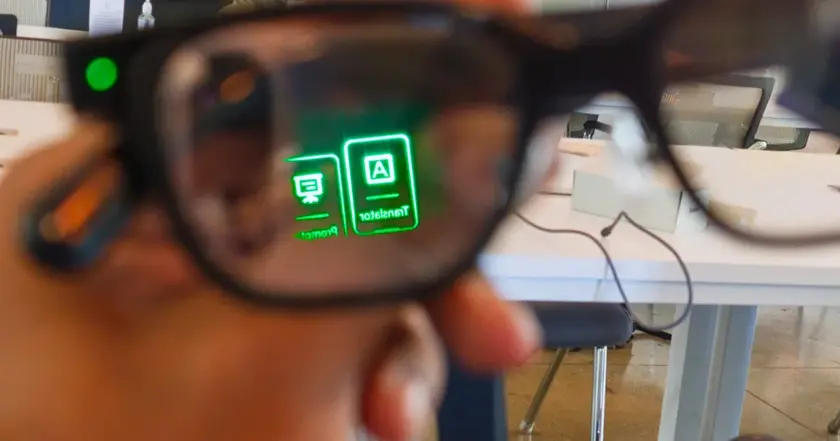
Rokid AI Glasses launch on Kickstarter
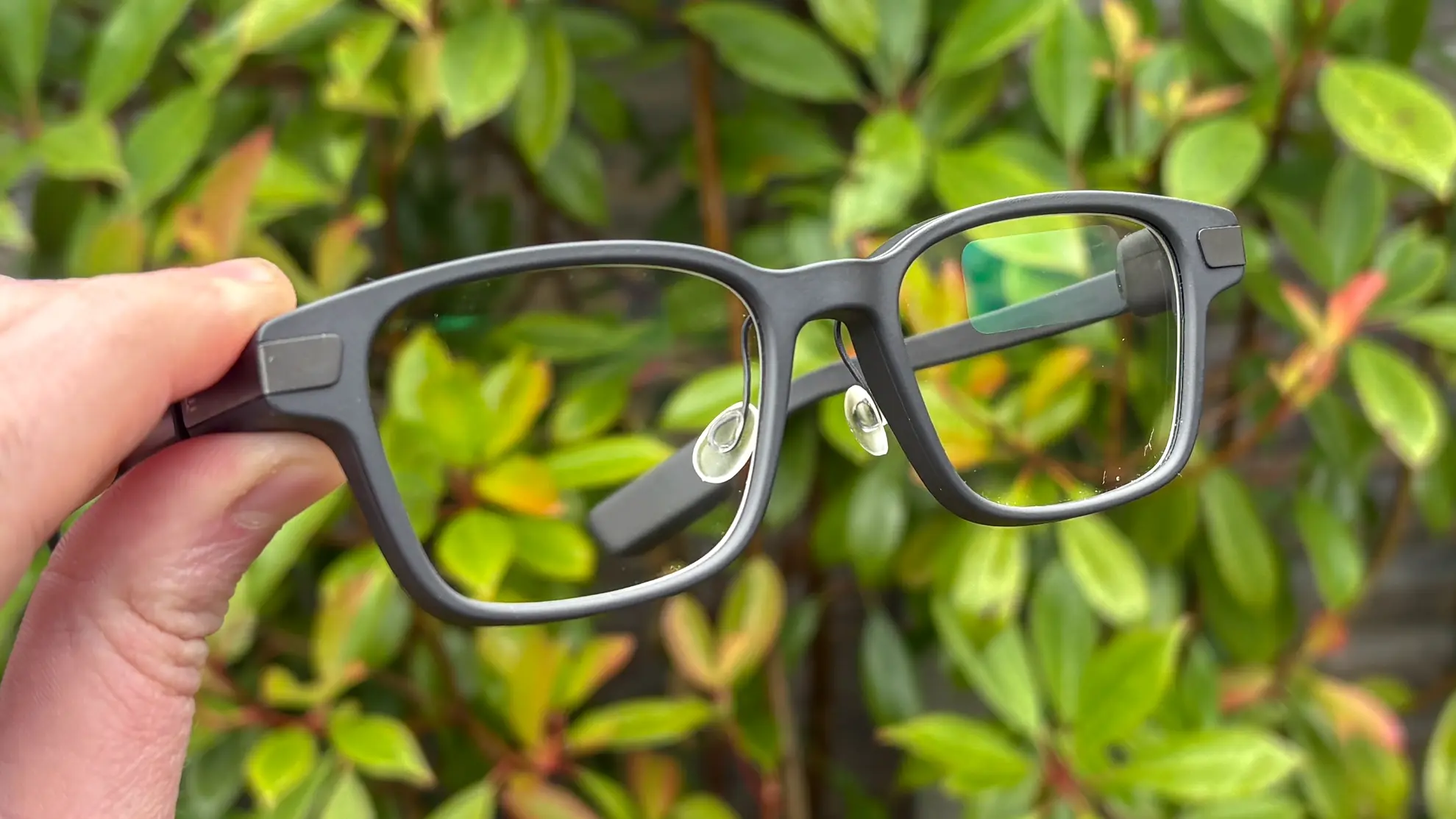
AR Glasses Rise
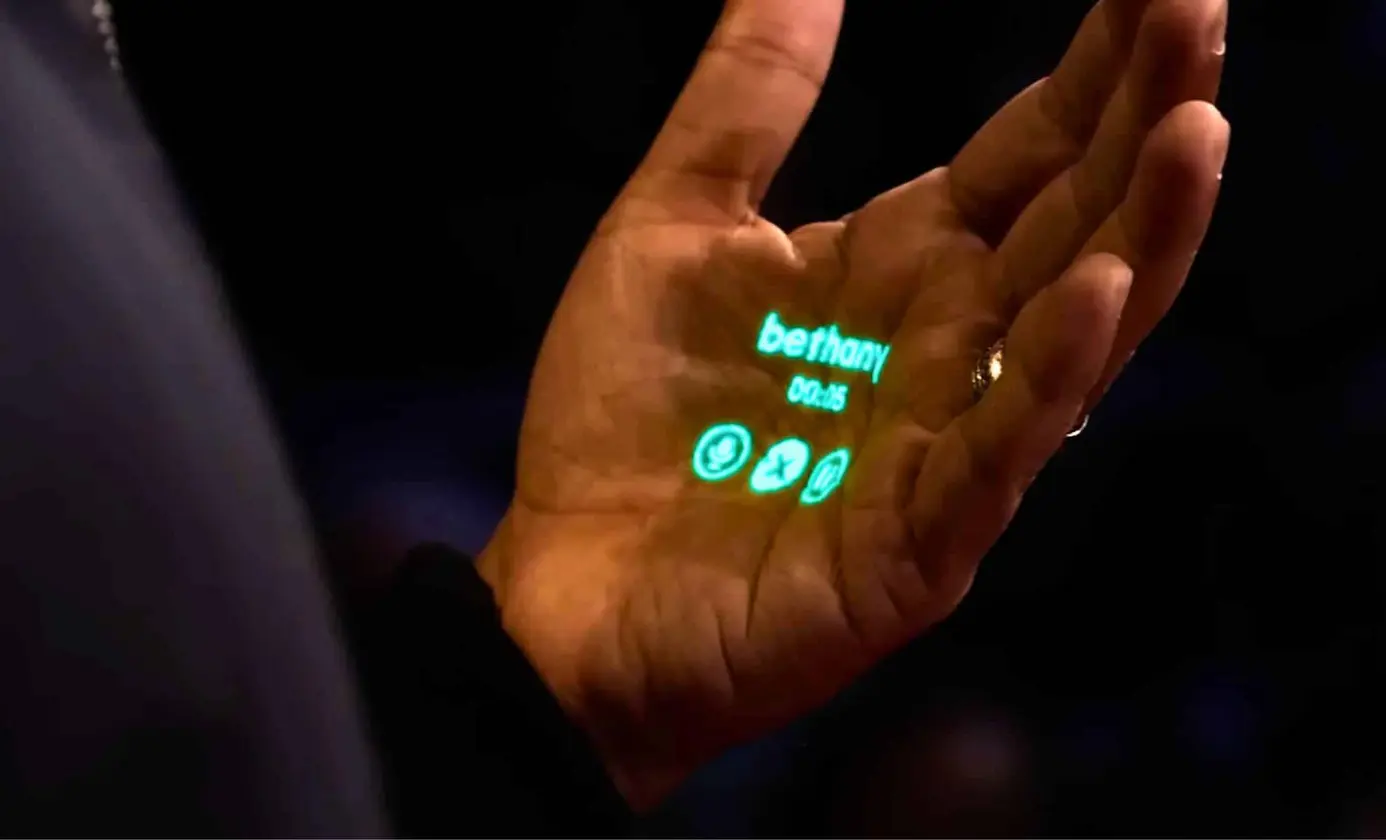
Samsung plots display free glasses in 2026
